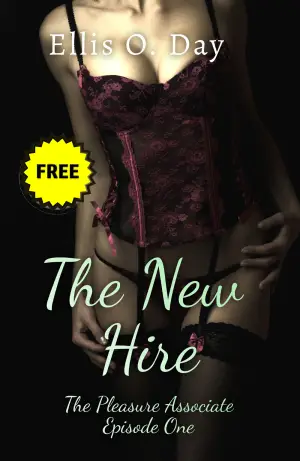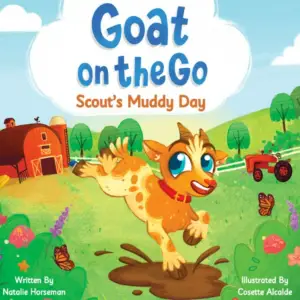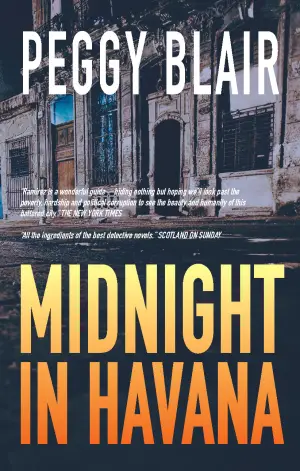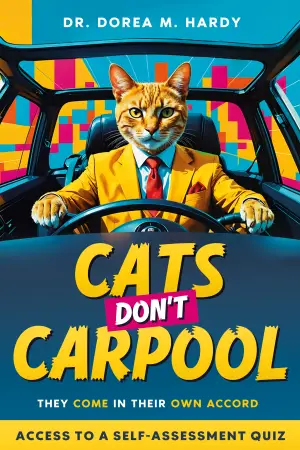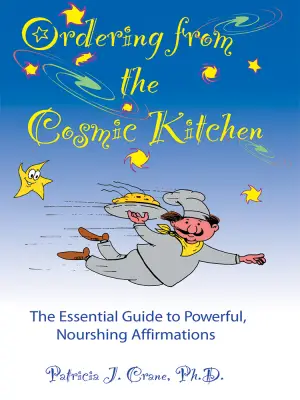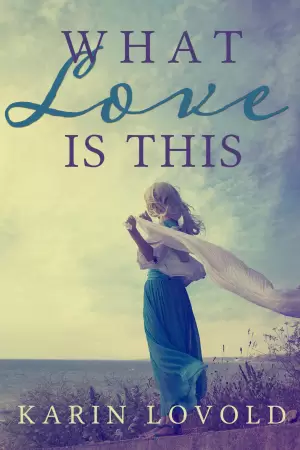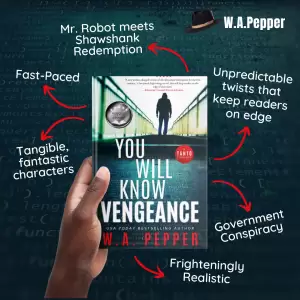Review of One Last Stop by Casey McQuiston: A Tricky Love Letter to NYC
As a bisexual nonwhite New Yorker with roots in Flatbush, I was drawn to One Last Stop with a mix of excitement and trepidation. Casey McQuiston’s time-travel romance, set against the backdrop of my beloved Q train, promised to breathe new life into the narrative of queer love, especially as it unfolded in the vibrant tapestry of Brooklyn. I eagerly flipped open the cover, hoping for a tale that might resonate with my own experiences, only to find layers of disappointment waiting.
Let me get upfront: the premise was intoxicating—a f/f time-travel journey featuring a punk-rock Asian-American love interest. How could I not be intrigued? However, I soon realized that the novel’s relationship with NYC is superficial. McQuiston’s fondness for the Q train—a supposed conduit of magic and romance—bears little resemblance to the rich, lived experience of those of us who know it well. The inaccuracies jumped off the pages like the screech of the train itself, from Parkside’s erroneously depicted above-ground conditions to bafflingly flawed commutes that left me scrambling for context.
In trying to craft a narrative that feels whimsical, McQuiston glosses over the history and pulse of Flatbush. The portrayal of the neighborhood feels like a cutout backdrop rather than a living, breathing entity. What’s particularly frustrating is that the vibrant threads woven into the real Flatbush—the thriving West Indian-American community, the rich history, even the local architecture—are all but ignored. Instead, we get a playlist of whimsical stereotypes and faux-diverse characters that exist more as plot devices than as authentic representations. We’re told about diversity but are instead met with a hollow echo.
McQuiston’s writing style strikes a breezy, modern tone, making the book an easy read, but at times this casualness veils critical engagements with the complex themes of gentrification and queer history. The narrative occasionally flirts with profound moments, particularly when Jane reflects on her past experiences, yet these crucial insights often feel like side notes. It’s as if McQuiston crafted a superbly layered love song only to have the melody fade into conventional pop beats—catchy, but lacking depth and heart.
Now, onto the characters. July’s journey engages the reader’s heartstrings, but I often found myself wanting more texture. Jane, the love interest, is the most compelling character, serving up a dash of intrigue and punk attitude. Their chemistry adds a delightful spark, even if their surroundings are painted in vague, generic strokes. It is tricky to engage in their relationship when the setting feels like a hollow, quaint caricature of Brooklyn rather than the rich, bustling cultural landscape it truly is.
In conclusion, One Last Stop may find its audience among readers who prefer a lighter, more whimsical take on queer love or those who long for an escape into a fantasy NYC. However, for those who crave authenticity—or dare I say, an intricate portrayal of the neighborhoods and communities that shape who we are—this book may feel lacking. For me, it felt like a missed opportunity to showcase the mesmerizing energy of Flatbush and the myriad complexities that exist within NYC’s historical fabric. McQuiston has an undeniable talent for storytelling, but I hope future endeavors will bring more depth, research, and genuine love for the vibrant communities that inspire their work.


